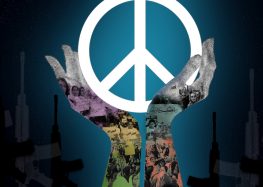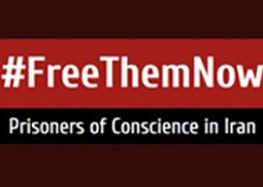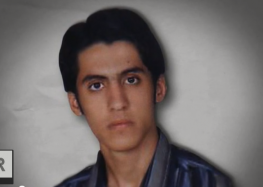III. Discriminatory Laws and Policies
The Iranian government’s approach to disability continues to rely heavily on the medical model of disability, which contributes to discrimination and stigmatization. Until recently, disability was widely understood through the lens of a person’s defect, difference, or illness. Persons with disabilities were seen as vulnerable, in need of care, or in need of curing. Disability today is viewed as an interaction between individuals and their environment, and the emphasis is on identifying and removing barriers in the environment and discriminatory attitudes. This paradigm shift from the “medical model” of viewing disability to a social, or rights-based, model is codified in the CRPD.
Iranian legislation, including the Civil Code, Islamic Penal Code, and Law on Criminal Procedure, use derogatory and outdated language such as “insane,” “mentally ill,” “retarded,” “eyeless,” and “crippled.”[104] Some of this language can also be found in Iran’s communications with the CRPD Committee.[105] The government has sought to revise some language in recent years, including use of the terms “physical disability” and “mental disability.” Yet, it has also introduced terms such as “chronic mental disease,” which still reflects an outdated medical approach to psychosocial disabilities.
The 2016 Charter on Citizenry Rights includes a relatively new expression to describe persons with disabilities as “ability-seekers,” implying that people with disabilities see themselves as needing to be fixed or to acquire certain abilities in order to be members of society on an equal basis with others.[106]




